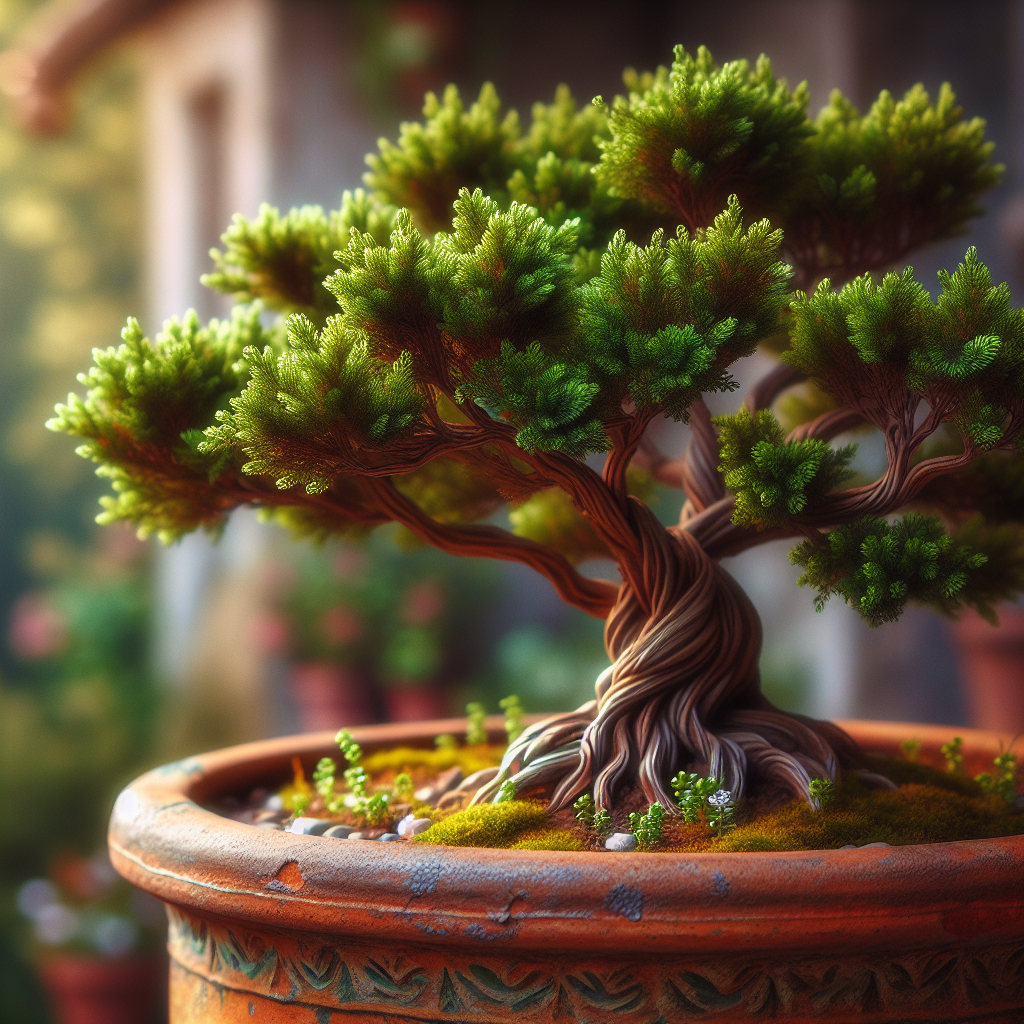Junipers are popular plants known for their hardiness and versatility. They make a great addition to any garden or outdoor space, but did you know that they can also thrive in pots? Whether you have limited outdoor space or simply prefer the convenience of container gardening, growing junipers in pots can be a rewarding experience. With the right care and attention, you can enjoy healthy, vibrant junipers that bring beauty and texture to your surroundings.
In this article, we will explore some tips for thriving junipers in pots. From choosing the right container to proper watering and fertilizing techniques, we will cover everything you need to know to ensure your junipers thrive in their pot environment. So, whether you’re a seasoned gardener or a beginner looking to add some greenery to your living space, read on to discover how you can successfully grow junipers in pots.
**Choosing the Right Container**
When it comes to growing junipers in pots, selecting the right container is crucial for their overall health and growth. Opt for containers that are at least 12-16 inches deep with adequate drainage holes at the bottom. Junipers prefer well-draining soil, so choose a potting mix specifically formulated for cacti and succulents. Make sure the container is large enough to accommodate the roots of the juniper without crowding them.
**Placement and Sunlight**
Junipers thrive in full sun, so be sure to place your potted juniper in a location where it will receive at least six hours of sunlight per day. If you’re growing junipers indoors, place them near a sunny window where they can get ample natural light. Rotate your juniper every few weeks to ensure all sides receive equal sunlight exposure.
**Watering and Humidity**
Proper watering is essential for the health of your potted juniper. Water your juniper when the top inch of soil feels dry to the touch, but be careful not to overwater as this can lead to root rot. During hot summer months, increase watering frequency as needed to prevent soil from drying out completely. Junipers prefer moderate humidity levels, so consider placing a small tray of water near your plant or misting it occasionally.
**Fertilizing**
Fertilize your potted juniper during the growing season (spring through early fall) with a balanced liquid fertilizer diluted to half strength. Apply fertilizer every four weeks according to package instructions. Avoid fertilizing during winter months when junipers are dormant as this can cause nutrient buildup in the soil.
**Pruning and Maintenance**
Regular pruning is important for maintaining the shape and appearance of your potted juniper. Use sharp pruning shears to remove dead or diseased branches as well as any overgrown or unruly growth. Prune your juniper in early spring before new growth begins for best results.
**Pests and Diseases**
Keep an eye out for common pests such as spider mites, aphids, and scale insects which can affect potted junipers. If you notice any signs of pest infestation, treat your plant with insecticidal soap or neem oil according to package instructions. Proper air circulation around your plant can help prevent fungal diseases such as powdery mildew.
In conclusion, growing junipers in pots can be a rewarding experience with proper care and attention. By following these tips on choosing the right container, providing adequate sunlight and water, fertilizing responsibly, pruning regularly, and monitoring for pests and diseases, you can successfully cultivate healthy and thriving junipers in containers.
**FAQ:**
1) Can I grow different types of junipers in pots?
Yes! There are many varieties of Juniperus species that are suitable for container gardening including Blue Rug Juniper (Juniperus horizontalis) and Gold Star Juniper (Juniperus chinensis).
2) How often should I repot my potted juniper?
Junipers generally need repotting every 2-3 years or when their roots outgrow their current container.
3) Can I keep my potted juniper indoors year-round?
While some types of Juniperus species are more suited for indoor environments than others, most prefer outdoor conditions with ample sunlight.













